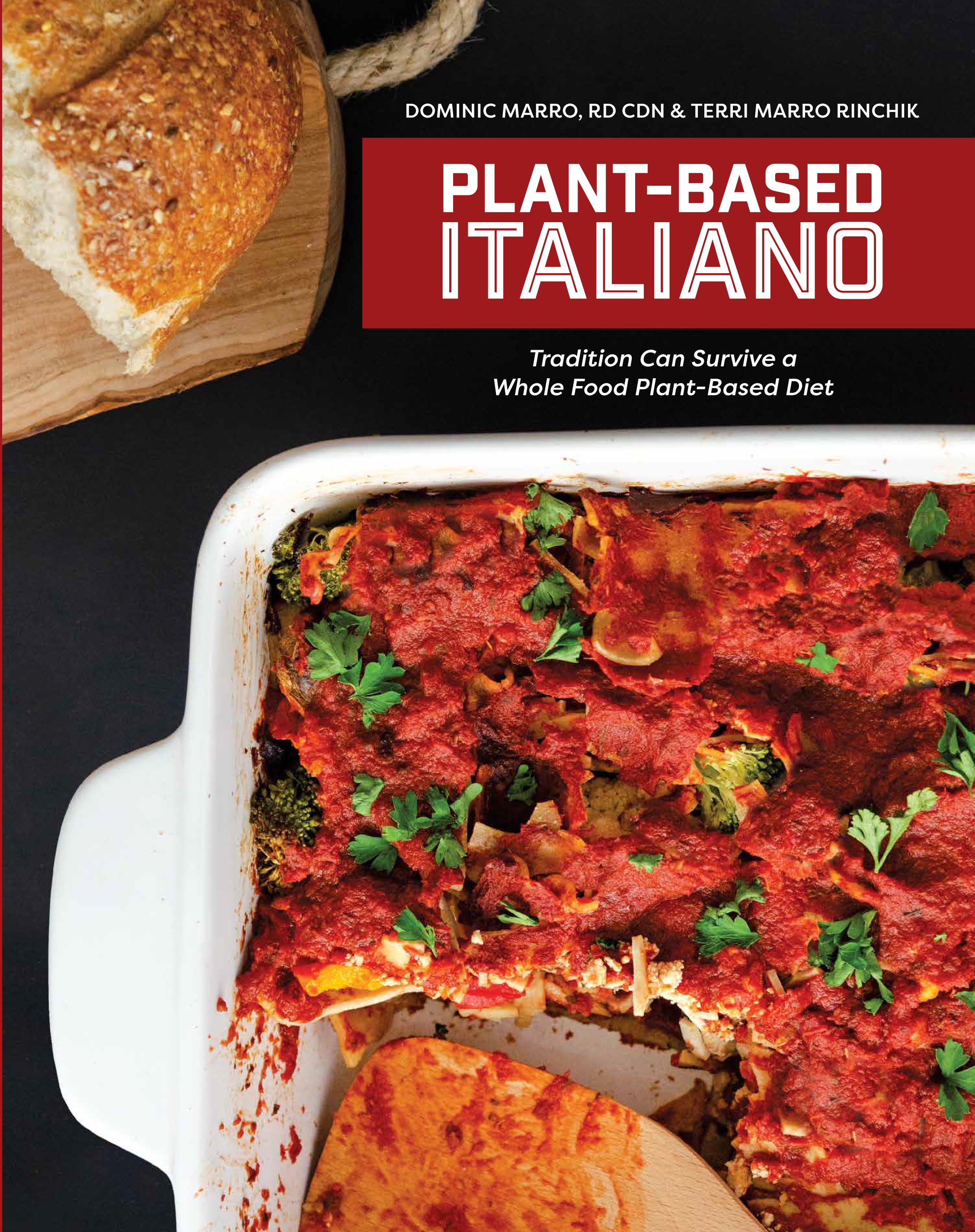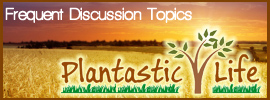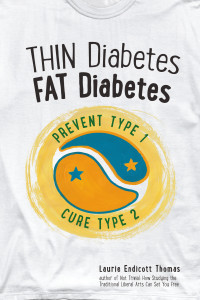The love of cheese is often a large barrier for someone trying to transition to a WFPB diet. Many people perceive that avoiding meat, fish, poultry and eggs is doable, but often think it inconceivable for them to go without their favorite combination of fat and salt. Vegans often replace cheese with mock cheeses which in addition to containing lots of fat and salt, also contain other ingredients that are best avoided. Most are junk foods and are not recommended.
So what is a WFPB person to do? The answer for many lies in the use of nutritional yeast and some creativity.
What is Nutritional Yeast?
Nutritional Yeast is a deactivated yeast – which means it will not make things rise. It’s high in protein, high in fiber, low in sodium and often fortified with B-12 and other vitamins and minerals. Nutritional yeast is commonly used in vegan recipes to replace a cheese taste. Some of the recipes on this web site, like this one for “Cheesy” Bean Dip, contain nutritional yeast.
How is Nutritional Yeast Made?
Nutritional Yeast is made from the same Saccharomyces Cerevisiae fungus/yeast as used in the brewing industry. The difference is that with nutritional yeast, the Saccharomyces Cerevisiae is not obtained from the brewing industry, but is grown on molasses or some other medium. As is true with making Brewer’s Yeast into a nutritional supplement, Nutritional Yeast is deactivated, dried and made into a powder or flakes. Like Brewer’s Yeast, Nutritional Yeast is a good source of proteins, vitamins, minerals and an assortment of other nutrients, all of which are derived and processed from the medium it is grown on.
While B-vitamins are produced as the yeast grows, makers of nutritional yeast often add additional B-vitamins to boost B-vitamin levels. B-12 is most always added because, like Brewer’s yeast, B-12 does not naturally occur in these yeasts.
What about Beta Glucans in Nutritional Yeast?
Beta Glucans are polysaccharides (carbohydrates) that are found in mushrooms, oats, barley, brewer’s yeast and nutritional yeast. They are considered natural immune modulators, which means that they can help regulate our immune system without side effects. They also are believed to have anti-cancer activity. Dr. Michael Greger discusses these qualities in this video. He also mentions that yeasts are high in purines , so he recommends that people with gout, uric acid kidney stones and new organ transplant recipients keep their intake of nutritional yeast to less than one teaspoon per day.
Should I Worry About Lead?
Dr. Greger mentioned that California slaps a warning on some packages of nutritional yeast. It turns out the warning pertains to lead. This prompted Dr. Greger and Joseph Gonzales R.D.,to have various brands of nutritional yeast tested for lead.
The following results and thoughts were taken from this article on the VegSource web site:
“We hired an independent lab to conduct our tests for lead. I shipped out 8 samples of nutritional yeast in their original package. The lab used standard practices for lead testing known as Official Methods of Analysis set by AOAC International. Lab technicians determined the lead values based on California Prop 65 standards. Here are the results from the brands we tested:
Bob’s Red Mill – Test report shows no detectable lead (<0.01 pp
Bragg – Test report shows no detectable lead (< 0.01 ppm).
Dr. Fuhrman – Test report shows no detectable lead (< 0.01 ppm).
Frontier Coop – Test report shows lead levels at 0.021 ppm. It would take six tablespoons a day (based on the manufacture’s listed density) to exceed the California Office of Environmental Health Hazard Assessment Maximum Allowable Dose Level (MADL) for chemicals causing reproductive toxicity.*
KAL – Test report shows lead levels at 0.011 ppm. It would take seven tablespoons a day to exceed the MADL.*
NOW Foods – Test report shows no detectable lead (< 0.01 ppm).
Red Star – Test report shows no detectable lead (< 0.01 ppm).
Whole Foods – Test report shows lead levels at 0.012 ppm. It would take six tablespoons a day to exceed the MADL.*
So what do all those numbers mean? None of the brands tested exceeded California prop 65 standards. No matter what brand, consuming a typical serving (2 tablespoons) per day is still well within safe limits. I will certainly continue to include the stuff in my diet. Dr. Neal Barnard once said, “It’s not about ALL foods in moderation, it’s about healthy foods in moderation. Broccoli is great, but you don’t want to just eat broccoli. Kids exercising is wonderful, but you don’t want them to exercise all the time.”
-Joseph Gonzales, R.D.
*Note from Dr. Greger: The Maximum Allowable Dose Level for lead as a developmental toxin is 0.5 micrograms a day. How are MADL’s calculated? Basically scientists figure out what the “no observable effect level” is, the level at which no birth defects or reproductive toxicity can be found, and then introduce a 1000-fold safety buffer. So for example, let’s say there’s some chemical that causes birth defects if expectant moms are exposed to two drops of the chemical a day, but there’s no evidence that one drop a day is harmful. Do they set the Maximum Allowable Dose Level at one drop? No, they set it at 1/1000th of a drop to account for scientific uncertainty and to err on the side of caution. So by saying six tablespoons a day of nutritional yeast may exceed the MADL is in effect saying that the level of lead found in 6,000 tablespoons of nutritional yeast may cause birth defects. Like mercury, though, as far as I’m concerned the less lead exposure the better. I hope this will inspire companies to do further testing to see if the levels we found were just flukes.
I am in agreement with Dr. Greger, there really doesn’t seem to be anything to be concerned about as far as lead content in nutritional yeast.
At one time in my life, I could have been described as a cheesaholic. I gradually reduced my cheese intake over the years and completely eliminated it over 6-1/2 years ago. On the occasions that I feel like eating something “cheesy”, nutritional yeast allows me to scratch my itch. Nutritional yeast provides a cheesy flavor, but if you’re also looking for a cheesy texture, it must be combined with other ingredients like blended raw cashews or silken tofu.
I have to admit that after my first taste of nutritional yeast, I wasn’t convinced that it would be up to the task of dethroning King Cheese. But my palette quickly adapted and I no longer ever think about eating any kind of cheese. So if you try one recipe that contains nutritional yeast and are less than thrilled, don’t give up. Just try it in another recipe. It will eventually grow on you. (not literally!)
Soon the only time you’ll think of cheese is when you’re smiling for a picture. However, it would be interesting to see the photographer’s reaction if you said “yeast” instead. Here is another recipe.
Stay healthy and strong!






 E Excerpt from Laurie Endicott Thomas’s amazing book Thin Diabetes – Fat Diabetes by clicking here!
E Excerpt from Laurie Endicott Thomas’s amazing book Thin Diabetes – Fat Diabetes by clicking here!
Speak Your Mind